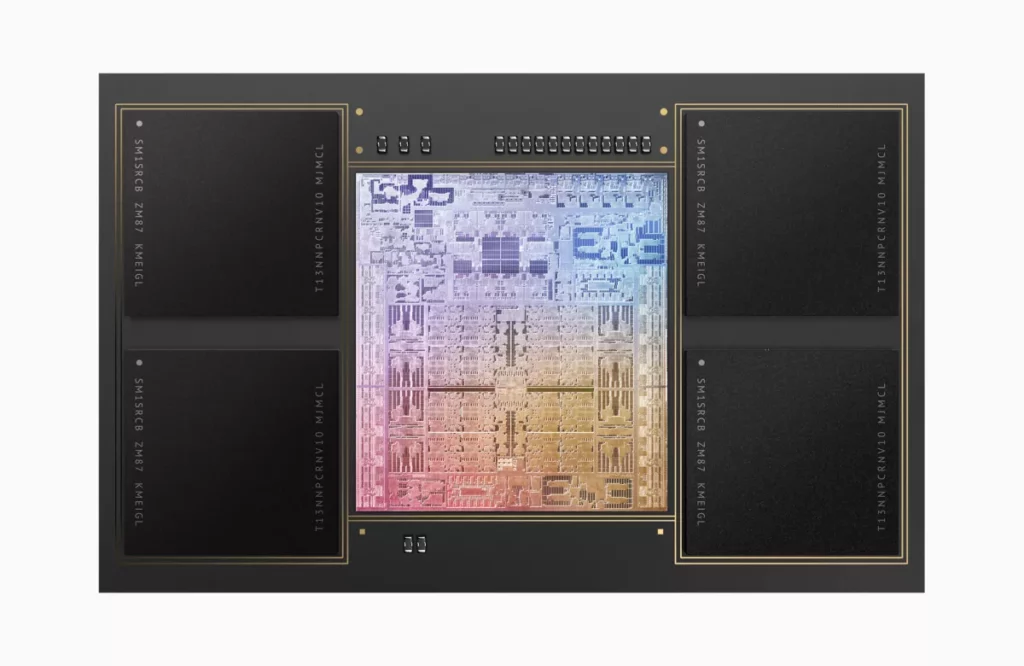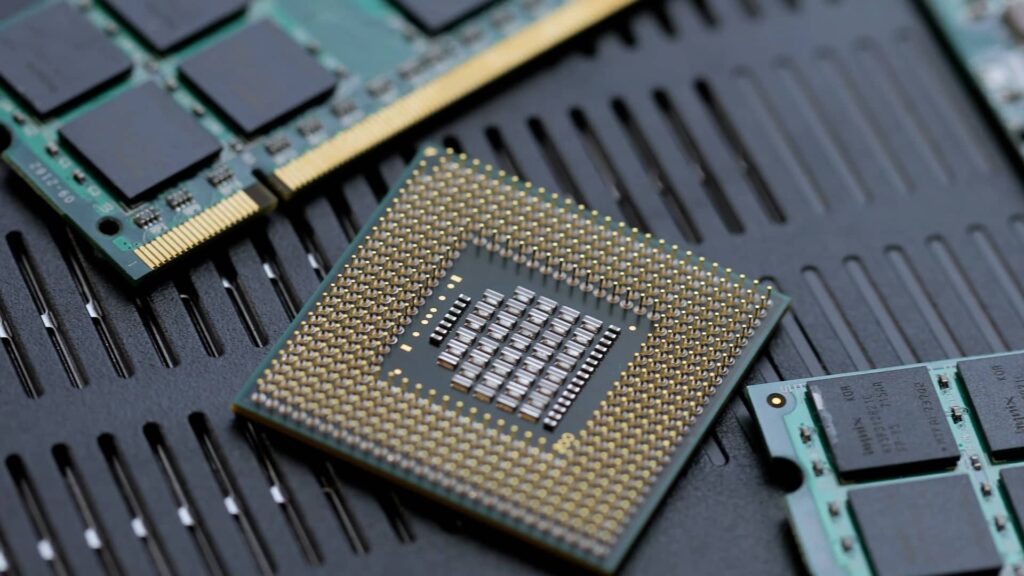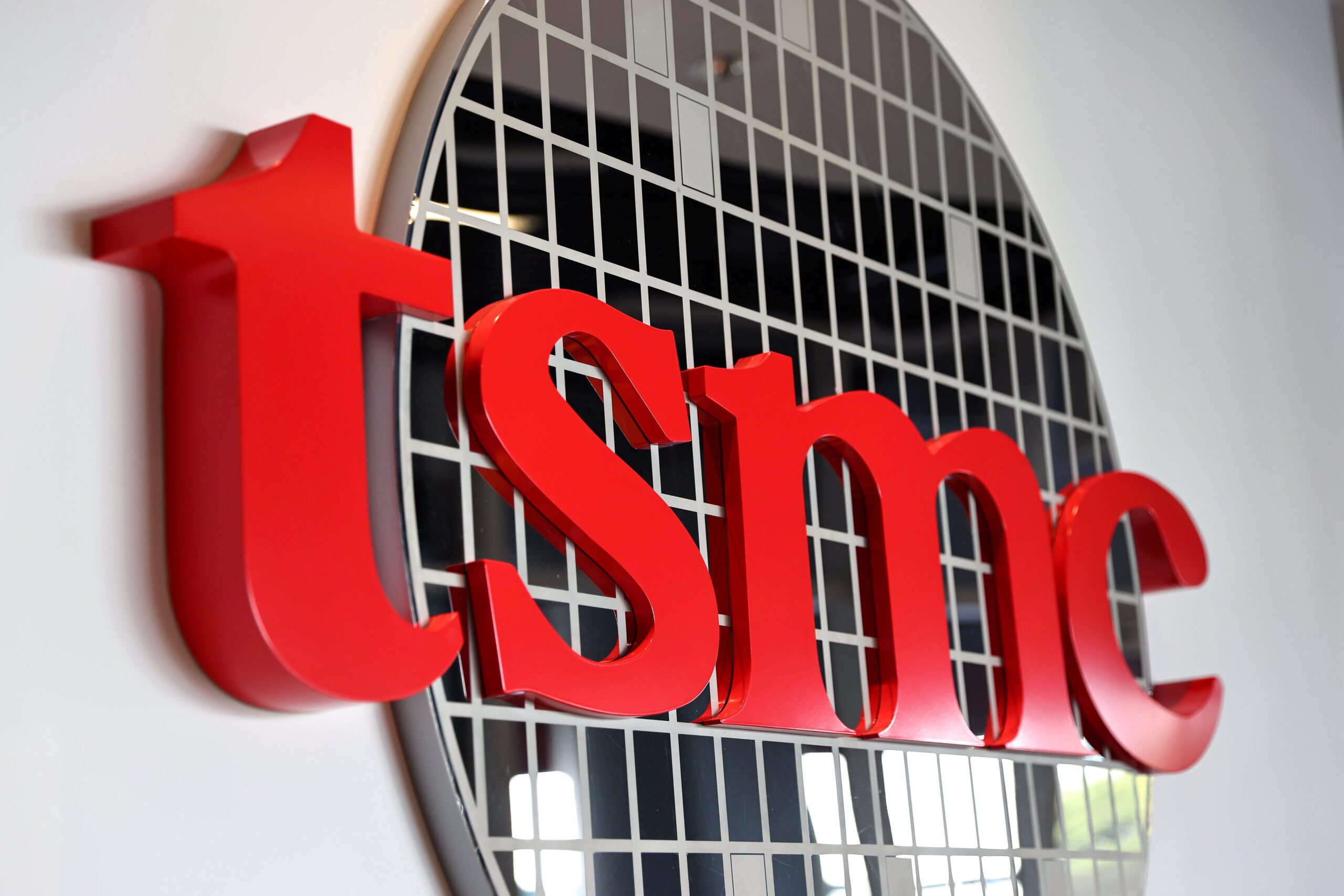Tim Cook, the CEO of Apple, informed staff members at an internal conference in Germany that Apple will manufacture its chips at TSMC’s Arizona fab, which is presently under development and scheduled to go online in 2024, according to Bloomberg (opens in new tab). The choice will lessen Apple’s reliance on TSMC’s Taiwanese manufacturing capabilities, though the company will probably still buy its top-tier system-on-chips there.

“We have already made a decision to be buying out of a plant in Arizona, and this plant in Arizona starts up in ’24, so we’ve got about two years ahead of us on that one, maybe a little less,” Tim Cook is quoted as saying. “And in Europe, I’m sure that we will also source from Europe as those plans become more apparent.”
Producing the bulk of chips in Taiwan may now be considered a geopolitical risk in light of the tensions between China, Taiwan, and the U.S. Although Apple will continue to rely on TSMC, its CEO wants to lower risks for the business.
Since 2014, Apple, TSMC’s largest client, has outsourced the majority of its chip production to TSMC. As a result, the business frequently uses the most recent production techniques from TSMC. To produce SoCs for Apple’s premium goods in 2023, it will reportedly be the first company to use the foundry’s N3 (3nm-class) production process. In the meanwhile, chips will be produced at TSMC’s Arizona manufacturing facility using the N5 production nodes, which include N5, N5P, N4, N4P, and N4X.
What kind of processors Apple intends to manufacture at TSMC’s Arizona facility is a crucial topic regarding the company’s procurement of chips from there. Apple presently produces different SoCs for its mobile devices and PCs using N5, N5P, and N4. However, it remains unclear whether the company’s products in 2024–2025 would depend on current application processors.

After launching a variety of devices, Apple frequently continues to employ its SoCs. The A14 Bionic chip from the iPhone 12 is now found in the 10th-generation iPad, for instance. Powering products like Apple TV set-top boxes (A15 Bionic) or Studio Display LCD is another previous-generation smartphone SoCs (A13 Bionic). Even in 2024 or 2025, Apple may continue to use older SoCs in some of its products (though we are speculating). Additionally, Apple has a tonne of tiny SoCs and system-in-packages (SiPs) for its headsets and watches, so the business may be able to outsource these to TSMC’s fab in Arizona if there are suitable packaging services in the United States as well (again, we are guessing).
There is yet another option. Apple may produce some chiplets in Taiwan on TSMD’s leading-edge node and some in the United States on a mature node because the industry supports multi-chiplet SiPs. This would at least raise the amount of silicon manufactured in the United States, albeit it wouldn’t lower the company’s overall geopolitical concerns.
Also read:







